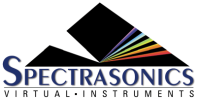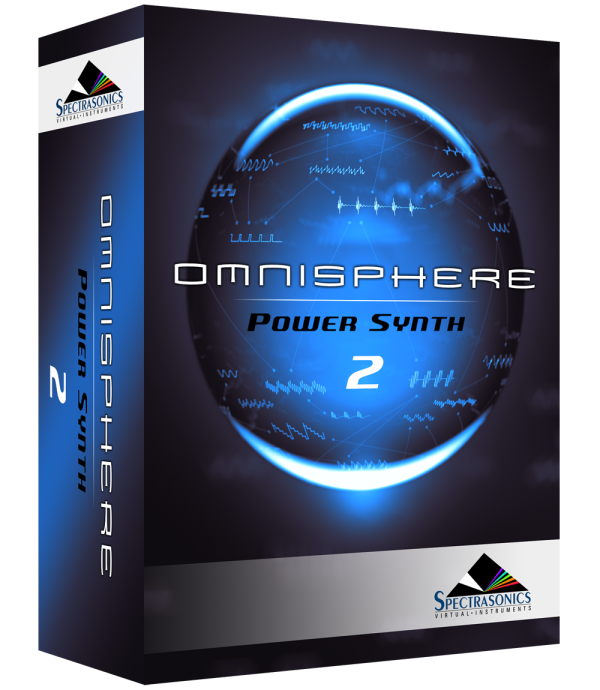
Soundsources allow Omnisphere’s signal path to begin with sampled sounds instead of DSP waveforms.
Soundsources are based on a ‘map’ of audio samples stored in the Core Library of Omnisphere in Spectrasonics’ proprietary STEAM format. A Soundsource can be as simple as a single sample stretched across the keyboard range or as complex as hundreds of chromatically sampled, velocity-switched, round robin multi-samples with multiple microphone layers—like you’d find in a modern sample library.
Omnisphere’s Core Library Soundsources vary dramatically in size—from a few kilobytes to over a gigabyte. Each Soundsource was carefully prepared and optimized by the Spectrasonics Sound Development team.
A Soundsource contains not only all of the raw samples, mapping information, such as pitch, velocity, zones, and loop points—but also Soundsource images, notes, and tags.
Soundsources do not include envelopes, filters, LFOs, FX, or any modulation settings – those are stored in the Patch.
For this reason, you can load a new Soundsource into a Layer without changing any of the Layer’s synthesis settings, allowing you to quickly create your own variations of any Patch.
The Factory Core Library of Omnisphere is almost 60 GB and includes over 4800 Soundsources specifically designed for compatibility with STEAM engine synthesis. This massive library covers a wide spectrum of sounds, from simple raw waveforms to psychoacoustic samples, morphing textures, and a “best of” selection from our award-winning sample libraries.
The STEAM engine architecture allows Spectrasonics to expand Omnisphere with new Soundsources via Satellite Instruments such as Keyscape or Trilian. The User Audio import feature allows users to add their own audio and manipulate it by taking advantage of Omnisphere’s powerful synthesis capabilities.
Need more help with this?
Spectrasonics Customer Support



